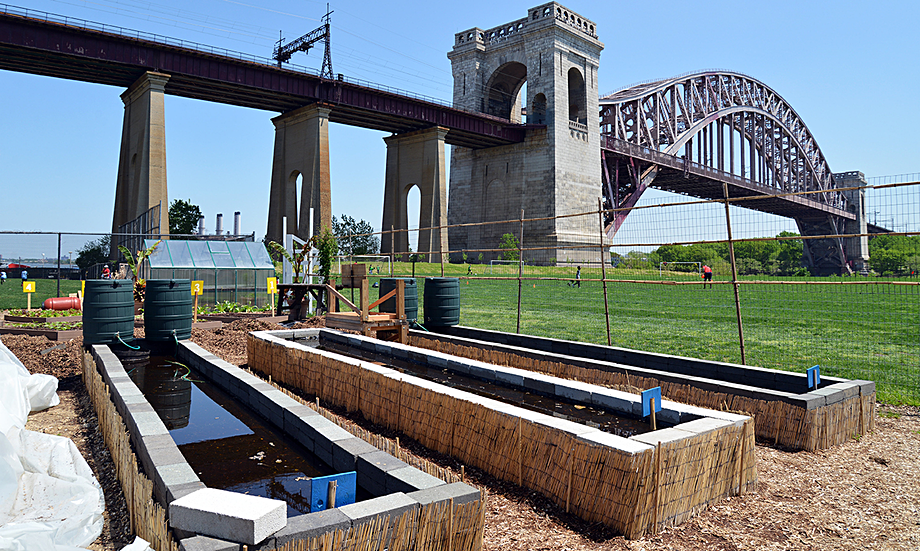I’ve been making a few changes around here to offer a little more. Unfortunately I ran out of time over the weekend so there may be some untidiness for a little while, especially in the iTunes feed, but I hope to have it all cleaned up quickly, with a proper explanation of what’s going on.
Citrus in Italy There's more — much more — to the story than you could ever imagine
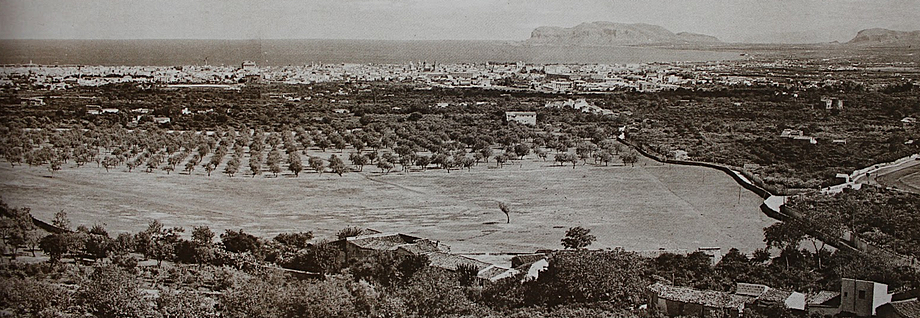
Podcast: Play in new window | Download (Duration: 25:49 — 35.9MB)
Subscribe: Google Podcasts | Spotify | Android | RSS | More
 Citrus, thanks to what writer Helena Attlee calls their great “suggestibility,” confound the botanist and the shopper alike. What is the difference between a clementine and a mandarin? That was one of the few questions I didn’t ask Helena Attlee when we met recently to talk about citrus in Italy, the subject of her new book The Land Where Lemons Grow. And not just lemons. Attlee writes beautifully about all the citrus and all of Italy, from Lake Garda in the north to Palermo in the south. She covers not merely the tendency of citrus to interbreed and mutate, but also history and economics, culture, cooking and organised crime. Through it all runs a continuous thread that links the very difficulties of growing citrus productively to the desirability of the finished products, on which fortunes and entire communities were built.
Citrus, thanks to what writer Helena Attlee calls their great “suggestibility,” confound the botanist and the shopper alike. What is the difference between a clementine and a mandarin? That was one of the few questions I didn’t ask Helena Attlee when we met recently to talk about citrus in Italy, the subject of her new book The Land Where Lemons Grow. And not just lemons. Attlee writes beautifully about all the citrus and all of Italy, from Lake Garda in the north to Palermo in the south. She covers not merely the tendency of citrus to interbreed and mutate, but also history and economics, culture, cooking and organised crime. Through it all runs a continuous thread that links the very difficulties of growing citrus productively to the desirability of the finished products, on which fortunes and entire communities were built.
The Land Where Lemons Grow proves, as if it needed proving, that food provides a perfect lens through which to view the entire world, as a result of which I had to cut some choice sections from our conversation. That, however, has prompted me to try something new here, which will become apparent in a day or two as I also attempt to tidy up a bit here.
Notes
-
More about Helena Attlee at her website
What’s cooking in Tasmania? Lots of tasty stuff from all over the world
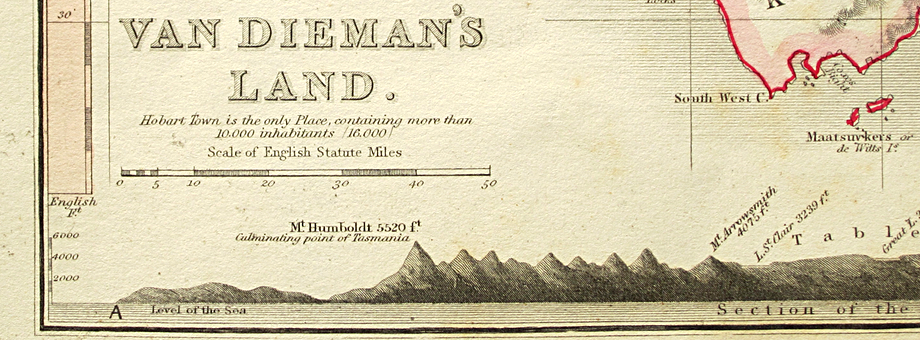
Podcast: Play in new window | Download (Duration: 22:33 — 31.5MB)
Subscribe: Google Podcasts | Spotify | Android | RSS | More
 What better to do with a surplus rooster than turn him into a delicious meal. And share the process. Stir-fries, curries, Ethiopian wats, loaves of bread: John Grosvenor, a software developer, posts delectable images of much of his cooking on the social net ADN. That’s where I got to know him, and as we exchanged messages it became pretty clear that we were on more or less the same culinary wavelength. Never one to miss an opportunity to have my biasses confirmed, I thought it would be fun to talk to John in a bit more depth about his approach to cooking.
What better to do with a surplus rooster than turn him into a delicious meal. And share the process. Stir-fries, curries, Ethiopian wats, loaves of bread: John Grosvenor, a software developer, posts delectable images of much of his cooking on the social net ADN. That’s where I got to know him, and as we exchanged messages it became pretty clear that we were on more or less the same culinary wavelength. Never one to miss an opportunity to have my biasses confirmed, I thought it would be fun to talk to John in a bit more depth about his approach to cooking.
John mentioned the pademelon, a small wallaby, which sent me scurrying first to Wikipedia and then out into the wilder reaches of the internet. I’m not sure whether John’s pademelons are the endemic Tasmanian species (Thylogale billardierii) or one of the other species of these little wallabies. Recipes weren’t that easy to find either: Pademelon wallaby and cashew stir-fry has a bit too many cans in it for my taste, but in general wallaby seems like it might be an excellent choice of meat, despite some confused stuff about wallabies and greenhouse gas emissions at one of the suppliers. A nicely prepared female pademelon does sound just the kind of thing to make a note of if I ever get to travel to Australia.
Notes
- In between cooking, John Grosvenor makes excellent games for iOS.
- This week’s music is by Chad Crouch.
Garum brought up to date The Roman fish sauce probably isn't Roman
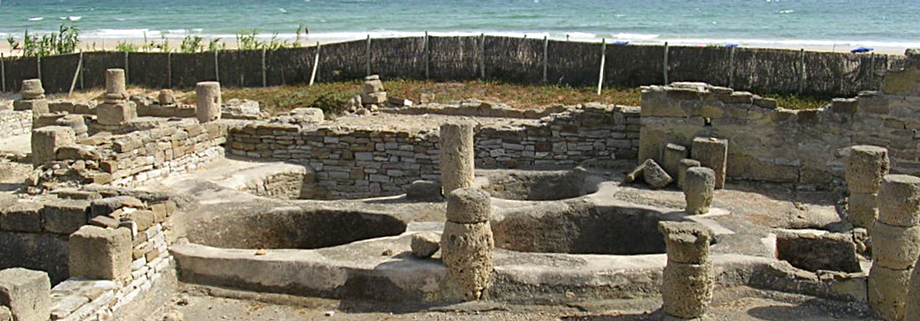
Podcast: Play in new window | Download (Duration: 19:54 — 28.1MB)
Subscribe: Google Podcasts | Spotify | Android | RSS | More
 Garum is one of those ancient foods that everyone seems to have heard of. It is usually described as “fermented fish guts,” or something equally unappealing, and people often call it the Roman ketchup, because they used it so liberally on so many things. Fermented fish guts is indeed accurate, though calculated to distance ourselves from it. And garum is just one form of fermented fish; there’s also liquamen, muria. allec and haimation. All this I learned from Laura Kelley, author of The Silk Road Gourmet. Unlike most of the people who opine on garum, and who offer recipes for quick garum, she painstakingly created the real deal. She is also convinced that it isn’t really Roman in origin. We only think of it that way because history is written by the victors not the vanquished.
Garum is one of those ancient foods that everyone seems to have heard of. It is usually described as “fermented fish guts,” or something equally unappealing, and people often call it the Roman ketchup, because they used it so liberally on so many things. Fermented fish guts is indeed accurate, though calculated to distance ourselves from it. And garum is just one form of fermented fish; there’s also liquamen, muria. allec and haimation. All this I learned from Laura Kelley, author of The Silk Road Gourmet. Unlike most of the people who opine on garum, and who offer recipes for quick garum, she painstakingly created the real deal. She is also convinced that it isn’t really Roman in origin. We only think of it that way because history is written by the victors not the vanquished.
And then there’s the whole question of the Asian fish sauces, Vietnamese nước mắm and the rest of them. Independent discovery, or copied from the Romans?
Notes
- Laura gives a full blow-by-blow on her website. Copying her is probably the only way to produce something that approximates genuine garum.
- She also mentioned colatura, a fish sauce still made in Italy. I haven’t tried it, although it is available, at least in the US, by mail order.
- Photo of the garum vats in Baelo Claudia by Janet Mendel.
Rice from Randall’s Island, New York Growing a crop is just the start

Podcast: Play in new window | Download (Duration: 18:38 — 26.3MB)
Subscribe: Google Podcasts | Spotify | Android | RSS | More
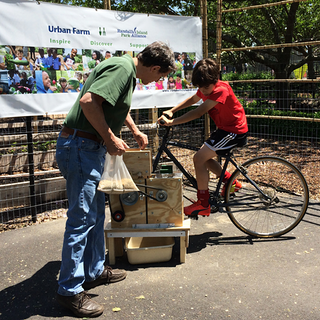 Randall’s Island is a small piece of land just east of 125th Street in New York’s East River. It is also around 2 degrees further south than the northern limit of rice growing on Hokkaido in Japan. What could be more natural, then, than for a community farm on Randall’s Island to have a go at growing rice, a staple that the kids who come to the farm enjoy, but one that they’ve never seen growing? The assistant horticulture manager scored some rice seeds and with advice from her grandmother in Korea set to. They built a miniature paddy, like a flooded raised bed, and managed to harvest about six kilograms of rice. And that’s when their trouble began. Rice is darn difficult to hull and clean.
Randall’s Island is a small piece of land just east of 125th Street in New York’s East River. It is also around 2 degrees further south than the northern limit of rice growing on Hokkaido in Japan. What could be more natural, then, than for a community farm on Randall’s Island to have a go at growing rice, a staple that the kids who come to the farm enjoy, but one that they’ve never seen growing? The assistant horticulture manager scored some rice seeds and with advice from her grandmother in Korea set to. They built a miniature paddy, like a flooded raised bed, and managed to harvest about six kilograms of rice. And that’s when their trouble began. Rice is darn difficult to hull and clean.
A piece by Rachel Laudan tipped me off to the Randall’s Island rice, and I was excited to discover that the person who origially wrote the story for The New Yorker was Nicola Twilley, a writer whose Edible Geography (and other projects) I have long admired. Luckily for me, she was happy to talk.
What intrigued me about the story of hulling rice in the northeastern US, was how it resonated with the plight of subsistence farmers in India, Bolivia and elsewhere. The women in many communities spend hours a day of hard and often dangerous work to prepare the seeds they have grown and harvested. I can’t blame them if they would just as soon sell their back-breaking crop and buy prepared convenience foods, and hang the nutritional consequences. I’ve seen for myself how electrical mini-mills remove this drudgery for women in the Kolli Hills of India, and in so doing boost the consumption of nutritious millets. The same sort of approach, an inexpensive, locally-built machine, has made processing quinoa much easier for farmers on the Altiplano of Bolivia. There’s something fitting about New York rice being treated in a similar way.

Notes
- Edible Geography, Nicola Twilley’s website, is endlessly interesting and entertaining. If you’re into podcasts, don’t miss the great show Roman Mars and 99pi did based on her research into cow tunnels.
- Rachel Laudan has made something of a specialty of pointing out that growing cereals is the easy part; preparing them for food is what takes hard work and ingenuity.
- Ecological Rice Farming in the Northeastern USA is not nearly as silly as it may first seem.
- And for all the details of Don Brill’s rice hullers, you need to head over to Brill Engineering, which sounds a lot grander than an inveterate tinkerer with a basement full of bits and pieces.
- Daniel Felder, head of research at Momofuku, takes research into fermentation and terroir very seriously. Nicola has written about that too.
- Photo of Don Brill and a volunteer rice peddler by Nicola Twilley, as are all the others. Thanks.
